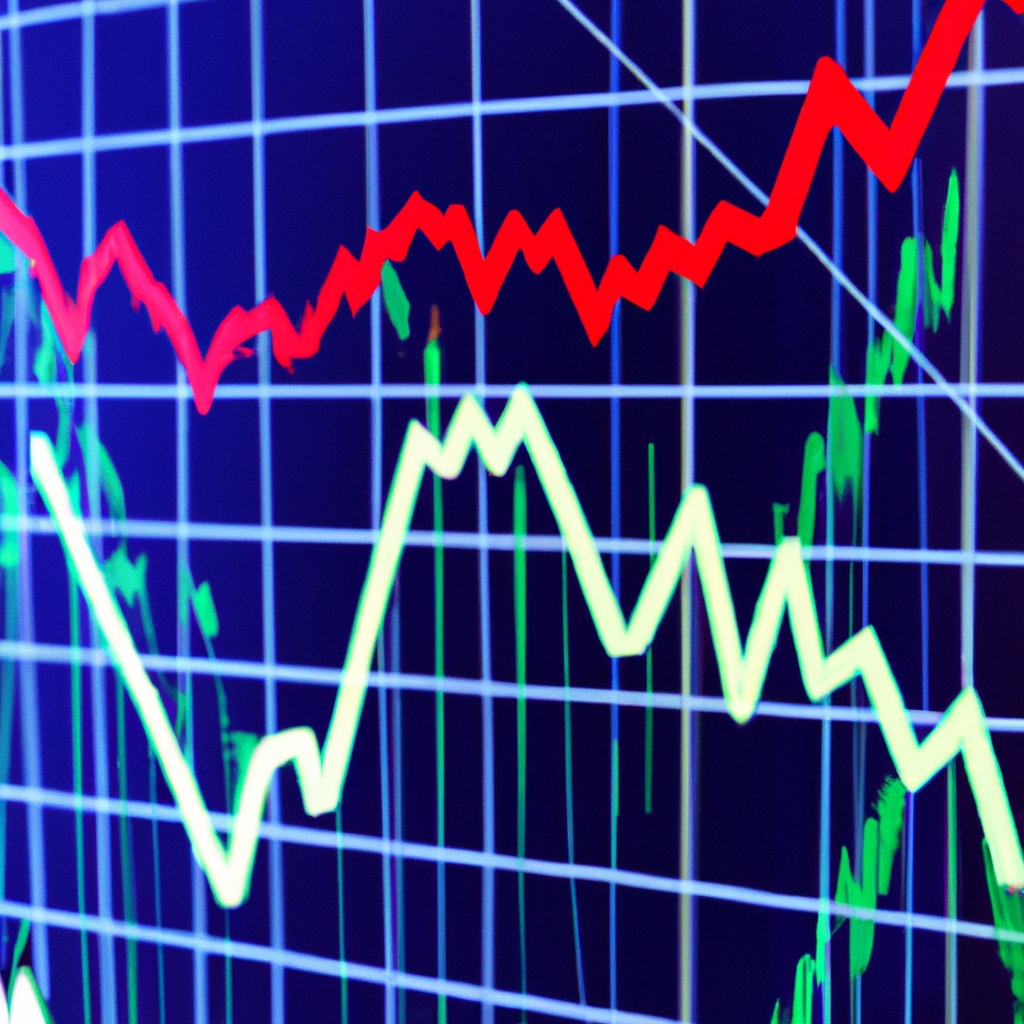Backtesting Trading Indicators: A Powerful Tool for Traders
Introduction
Backtesting is a crucial process in the world of trading, allowing traders to evaluate the effectiveness of their trading strategies and indicators. It involves analyzing historical data to determine how a particular trading strategy would have performed in the past. Backtesting helps traders gain confidence in their strategies and make informed decisions based on historical data, ultimately improving their chances of success in the market.
The Importance of Trading Indicators
Trading indicators are mathematical calculations or visual representations of market data that help traders identify potential trading opportunities. These indicators can be based on various factors such as price, volume, volatility, or even a combination of these. They are essential tools for traders as they provide insights into market trends and help predict future price movements.
Benefits of Backtesting Trading Indicators
Backtesting trading indicators offer several benefits to traders:
- Evaluation of Strategy: Backtesting allows traders to assess the profitability and effectiveness of their trading strategies. By analyzing historical data, traders can determine if their indicators generate accurate signals and if their strategies would have been successful in the past.
- Identification of Strengths and Weaknesses: Backtesting helps traders identify the strengths and weaknesses of their trading indicators. It enables them to refine their strategies by eliminating or modifying indicators that do not perform well.
- Confidence Building: By backtesting their indicators, traders can gain confidence in their strategies. Seeing positive results from historical data can help traders trust their indicators and make more informed trading decisions.
- Risk Management: Backtesting allows traders to assess the risk associated with their strategies. By understanding how their indicators perform in different market conditions, traders can optimize their risk management techniques and adjust their position sizing accordingly.
The Process of Backtesting Trading Indicators
Backtesting trading indicators involves several steps:
1. Data Collection
The first step is to collect relevant historical data for the desired time period. This data should include the price, volume, and any other relevant market data required for the chosen trading indicators.
2. Indicator Selection
Choose the trading indicators you want to backtest. These can include popular indicators like moving averages, oscillators, or custom indicators developed by traders.
3. Define Trading Rules
Define the specific rules for entering or exiting trades based on the signals generated by the selected indicators. These rules will determine the buy or sell decisions during the backtesting process.
4. Backtesting Software
Utilize backtesting software or trading platforms that offer built-in backtesting capabilities. These tools allow traders to input their trading rules, apply them to historical data, and generate performance reports.
5. Run Backtest
Run the backtest using the selected indicators and trading rules. The backtesting software will apply the defined rules to the historical data and generate performance metrics, including profit and loss, win rate, and risk-to-reward ratio.
6. Analysis and Optimization
Analyze the results of the backtest to evaluate the performance of the indicators and trading strategy. Identify any areas for improvement, such as modifying indicator parameters or adjusting trading rules. This step helps refine the strategy for better future performance.
Conclusion
Backtesting trading indicators is a powerful tool that provides traders with valuable insights into the effectiveness of their strategies. By analyzing historical data, traders can evaluate the performance of their indicators, identify strengths and weaknesses, and refine their trading strategies. Backtesting plays a crucial role in building confidence, improving risk management, and increasing the chances of success in the dynamic world of trading.

